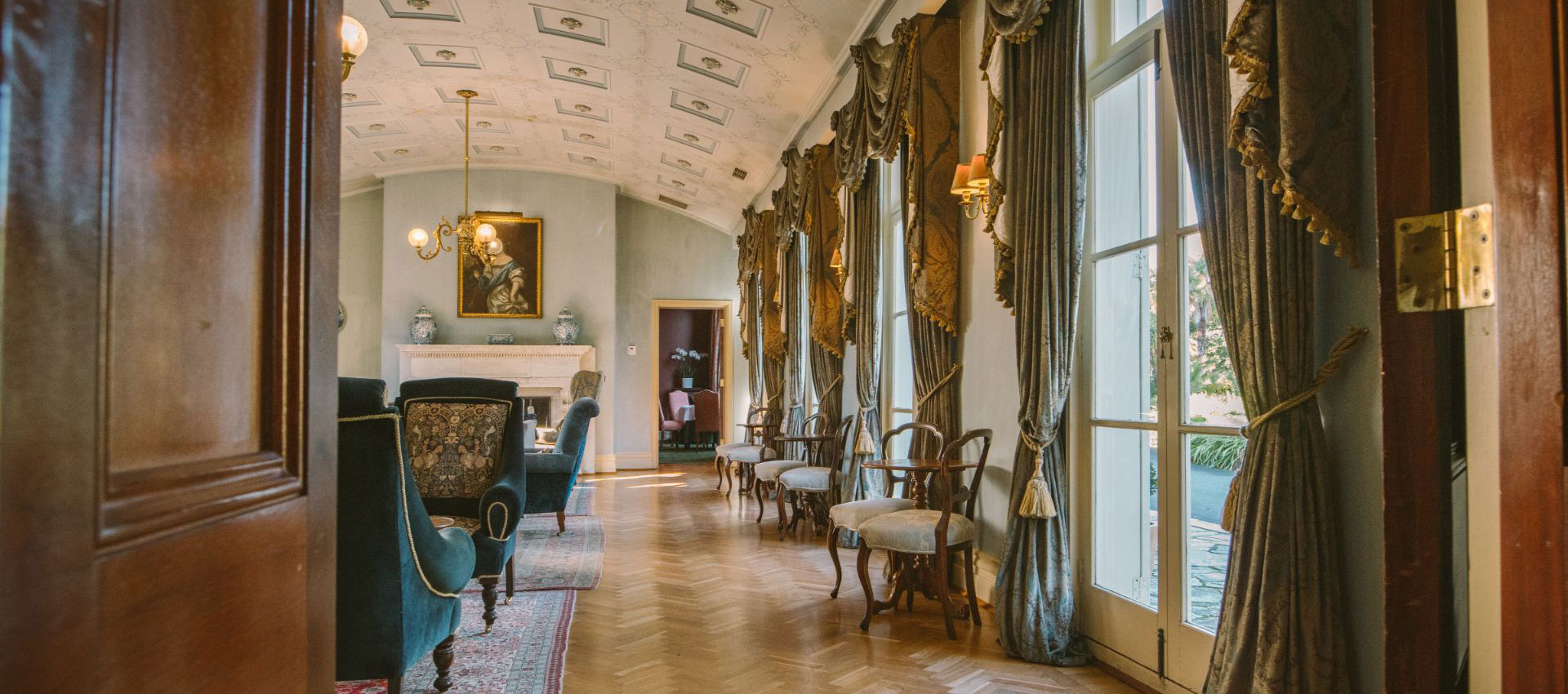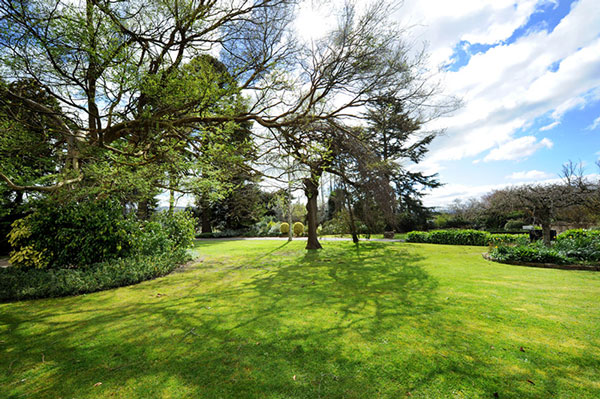In 1837 brothers William, Donald and James Ryrie, accompanied by four convict stockmen, set out from Monaro in NSW driving 250 head of stock eventually arriving in the Yarra Valley where they settled at the current location of Yering, the aboriginal name for the area.
Significantly for the future of the Yarra Valley, accompanying the Ryries were vine cuttings which were planted at Yering and resulted in Victoria’s first vintage in 1845. By 1850 over an acre of vines was in full production and when Paul de Castella called to discuss the purchase of Yering Station, Donald Ryrie was able to welcome him with his own wine labelled with ironic overstatement as “Chateau Yering”. After purchasing the property de Castella contracted the services of Samuel de Pury, one of a large group of immigrants originating from around Neuchatel in Switzerland, to assist in a significant expansion in the vineyard.
He was later joined in developing the area by Samuel de Pury’s brother Guillame who founded Yeringberg and Paul de Castella’s brother Hubert who founded St Huberts in the early 1860’s, both properties having previously been part of Yering Station.
All three vineyards were very successful with Yering winning the Argus Gold Cup and 100 guineas prize as the “Best Victorian Vineyard” in 1861. International awards for all three vineyards followed in later years. The pinnacle of Paul de Castella’s success was reached in 1889 at the Paris Exhibition where Yering was awarded a “Grand Prix” – the only one awarded outside the Northern Hemisphere.
In the late 1890’s, after an economic depression, fashion began to change and table wines suffered a significant decline in demand. One by one the vineyards pulled out their vines and the properties were converted to cattle runs, particularly dairying. Paul de Castella sold Chateau Yering in 1896 and concentrated on managing his Melbourne chain of wine cellars until his death in 1903. The rebirth of the Yarra Valley vineyards did not eventuate until the late 1960’s
At the time of Paul de Castella’s purchase of the property there had already been two dwellings constructed on the site, an original bush hut which was later replaced by a more substantial timber building, both of which were constructed by the Ryries.
Both William and James Ryrie returned to NSW leaving Donald Ryrie to manage the cattle runs which originally extended to 17,400 hectares, covering almost the entire Yarra Valley including two outstations north of the Yarra at Tarrawarra and Dalry.
Donald Ryrie continued in occupation until the sale to Paul de Castella in 1850.
Paul de Castella lived in Ryrie’s house until the present mansion was constructed in 1854. Hubert de Castella described how hand-made bricks were accumulated on site and expensive fittings such as the marble fire surrounds and cedar timbers from NSW were brought by bullock cart from Melbourne.




